Our team cares a LOT about excellence. And about building and implementing training that actually gets business results for our clients. We literally talk about this topic EVERY SINGLE WEEK.
And that’s why getting data from our clients like the ones we got last week fill me with absolute joy.
You guys. THIS SHIT IS WORKING.
So let me tell you a little bit about my client, Megan and the amazing transformation she had.
About the Client
Megan runs this ridiculously wonderful business called, Scribble 2 Script, where she services a unique niche: Kids who don’t-qualify for special education services but who are undeniably “struggling” in some way. The therapies and instruction she provides are life-changing for the families she serves because they’ve often been told again and again that “there’s nothing wrong.” Seriously… parents RAVE about the transformations that Scribble 2 Script has helped their child achieve. (And no… it’s not just about handwriting)
Anyway - with the huge impact they make and the kind-hearted humans who work there, they’re a pretty wonderful client to serve.
The Problem
When I met Megan, she was ready to grow her business significantly, which meant growing her team. The problem was her specialist onboarding and training process involved hours and hours of her valuable time, plus the pain of having to re-figure-out the whole process every time a new person came on board. Their training was technical and very specific and bogged the whole team down every time they had to do it.
Something had to change.
This meant she needed to transform her 1-on-1 intensive onboarding and training program for specialists into a scalable, repeatable process. Enter, The Process Mavens.
The Transformation
After learning everything we needed to know about how her business worked, we helped her create an automated onboarding process that solicited all of the key onboarding information from new employees, ensuring she never had to hand out that darned employee handbook again!
Then, we got to work designing and building custom online training in Trainual for her three most essential programs, including creating checkpoints for all of her hands-on observation and practice sessions. We even built her a tool her trainers can use to assess the trainee on the job to make sure they’re really ready to run solo!


